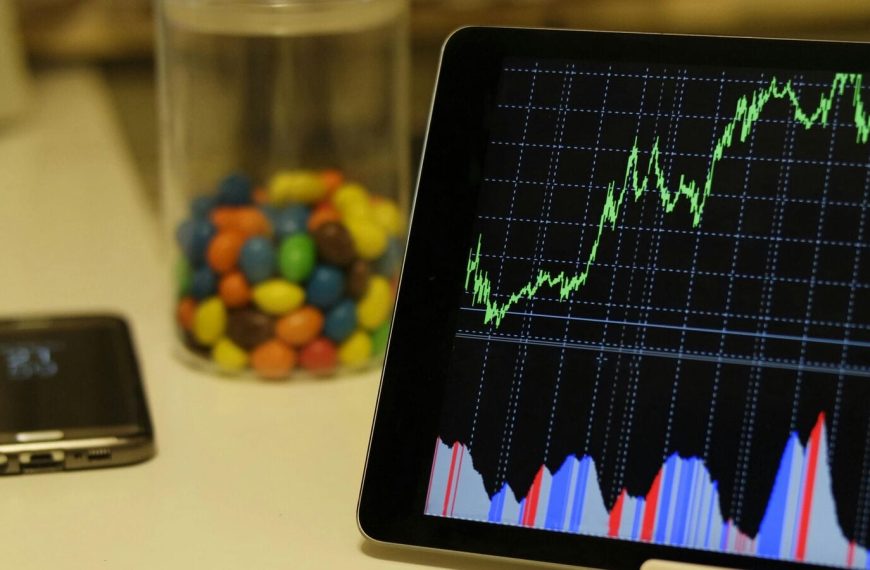On April 2, President Donald Trump stirred global markets by unveiling substantial tariffs, including a 25% tariff on automobiles and parts and a 26% reciprocal tariff on imports from India. These bold moves have ignited fears of an escalating trade war, leading to significant volatility across stock markets worldwide. As investors react to these developments, the repercussions on international trade and business operations are becoming increasingly evident.
Immediate Impact on Global Markets
The announcement sent shockwaves through global stock exchanges, with the Hang Seng Index suffering the most, plummeting by 11.6%. This dramatic downturn illustrates the serious implications of Trump’s tariffs on investor confidence and global commerce.
- Hang Seng Index: -11.6%
- Nasdaq Composite: -11.2%
- S&P 500: -10.5%
- Dow Jones Industrial Average: -9.2%
U.S. Markets Feel the Pressure
In the United States, the technology sector bore the brunt of the fallout, reflected in the Nasdaq Composite’s decline. The S&P 500 and Dow Jones also faced significant losses, signaling the deepening concerns regarding trade tensions. The tariffs disproportionately impact sectors that depend heavily on international supply chains, leading to potential disruptions and mounting costs.
Mixed Reactions in Asia Pacific
While some markets reacted sharply, others showed relative resilience. Japan’s Nikkei 225 fell by 11.3%, closely trailing the Hang Seng’s decline, while the CSI 300 in China dropped by 7.8%. South Korea’s KOSPI saw a decrease of 5.5%, but India’s Nifty 50 exhibited a more stable performance, registering a modest decline of 1.8% despite the looming tariff threats.
European Markets Experience Downturn
The impact wasn’t limited to Asia; European markets also faced significant setbacks. The FTSE 100 in the UK decreased by 6.4%, while Germany’s DAX and France’s CAC 40 fell by 7.8% and 7.4%, respectively. The Euro Stoxx 50, a benchmark for the largest companies in the eurozone, recorded an 8.0% drop, highlighting the pervasive influence of U.S. trade policies on global economic stability.
Conclusion: A Ripple Effect on Global Trade
The reactions across stock exchanges underscore the interconnectedness of today’s economies and the far-reaching consequences of changing trade policies. As businesses brace for potential disruptions and increased operational costs, the situation remains fluid, with investors keenly monitoring developments in this ongoing trade saga. The unfolding events serve as a reminder of how quickly market dynamics can shift in response to policy changes.











